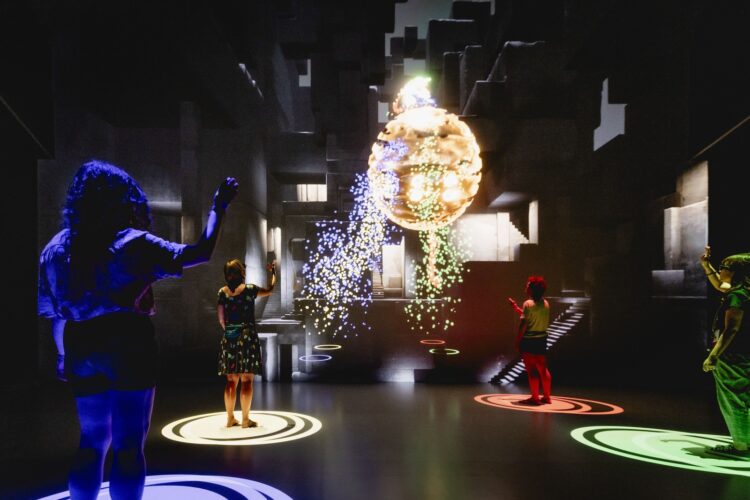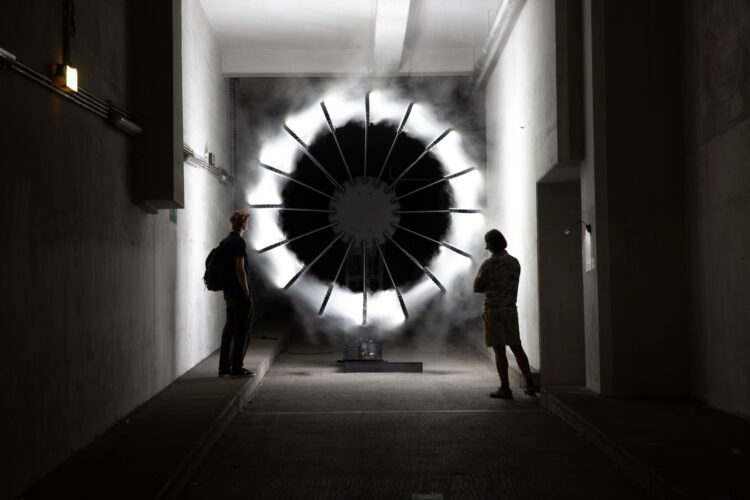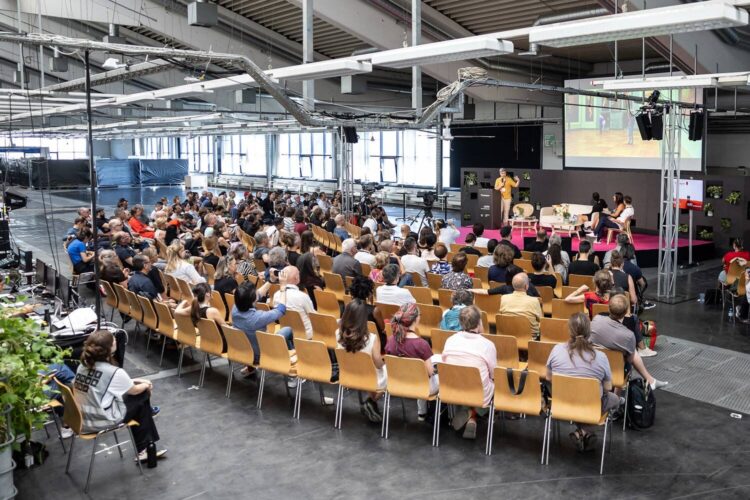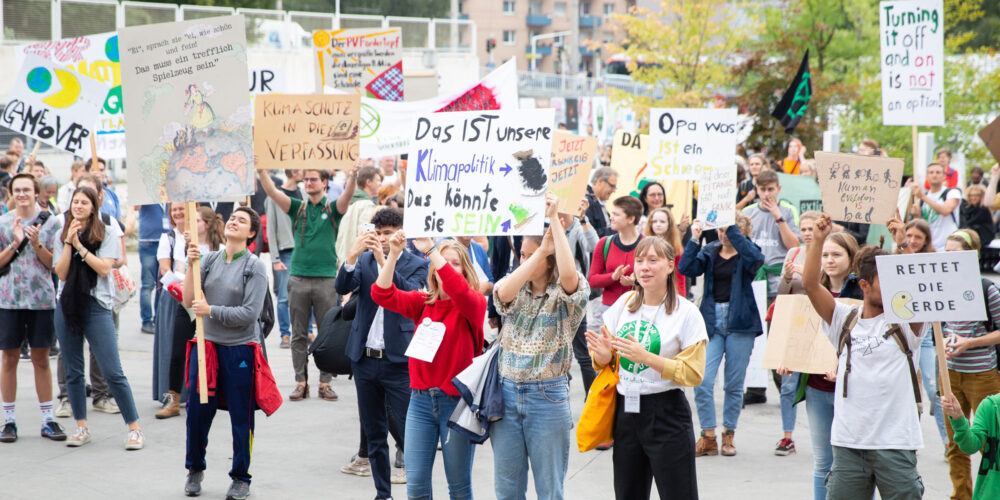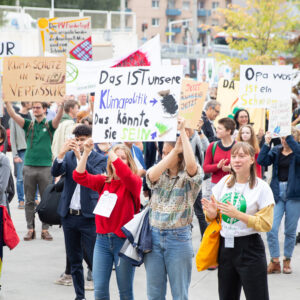Ars Electronica Blog
What’s New
-
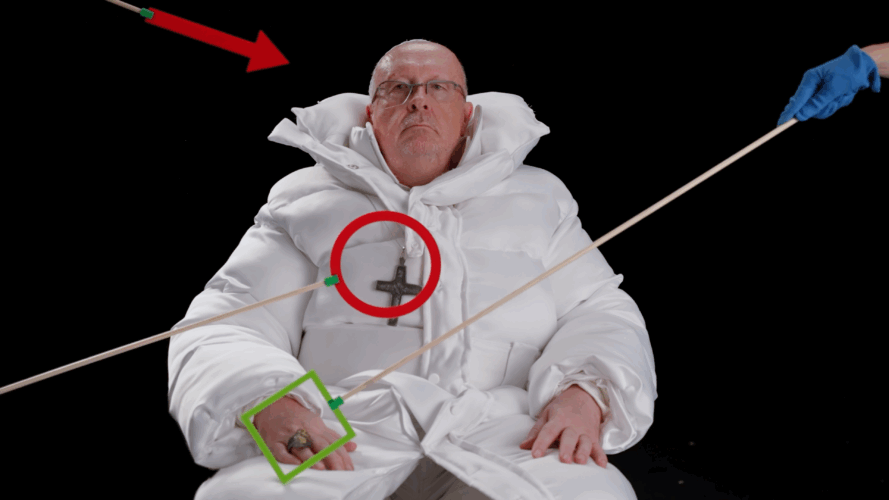
What’s True? Between Image and Illusion
In an age where algorithms can generate moving images and voices, and even facts, what remains true? This article takes a look at art, AI and responsibility, and considers how we renegotiate truth in the age of artificial intelligence.
-

Cutting Edge: Between click and control
The project “Made to Measure — I is a Search Engine” examines how tech companies develop strategies to profit from human weaknesses and insecurities by analyzing user data.
-

Christine Schöpf 1948 — 2025
It is with great sadness that we bid farewell to Christine Schöpf—a formative figure in media art and for all of us, without whom Ars Electronica would not be what it is today.
-
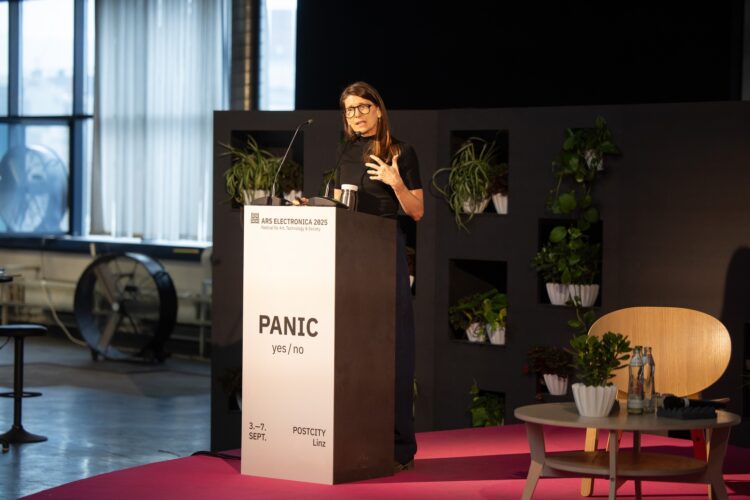
The blurry line between the arts and healthcare
The Ars Electronica Festival 2025 blurred boundaries between art and healthcare, showing how creative practices can power health innovation and re-imagine patient-centred care.
-
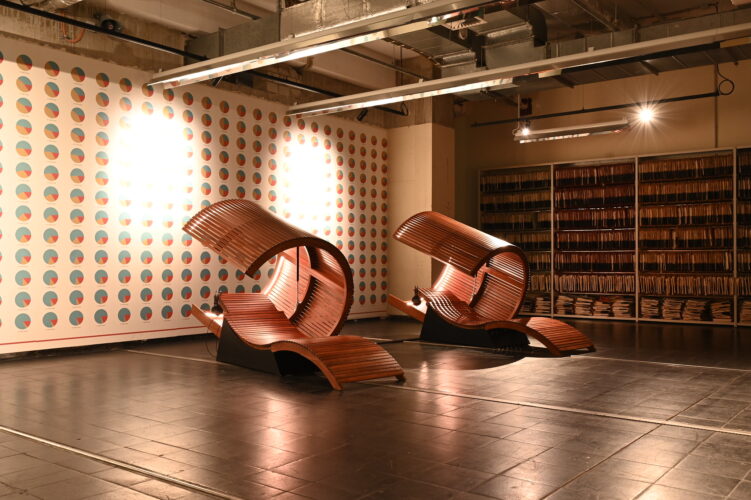
Cutting Edge: Sleeping for the Future
“Perfect Sleep” shows how more sleep can lead to less consumption and CO₂ emissions, thus offering a simple counter-model to the compulsion for growth.
-
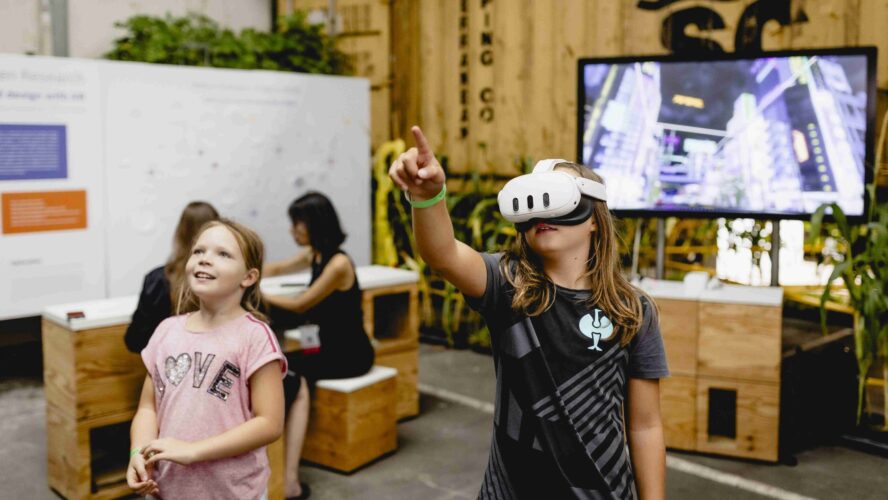
Co-Create Futures in the Making
The Ars Electronica Futurelab invites you: Experience the latest works of the artistic R&D laboratory and atelier at the Ars Electronica Festival and collectively shape diverse futures!
-
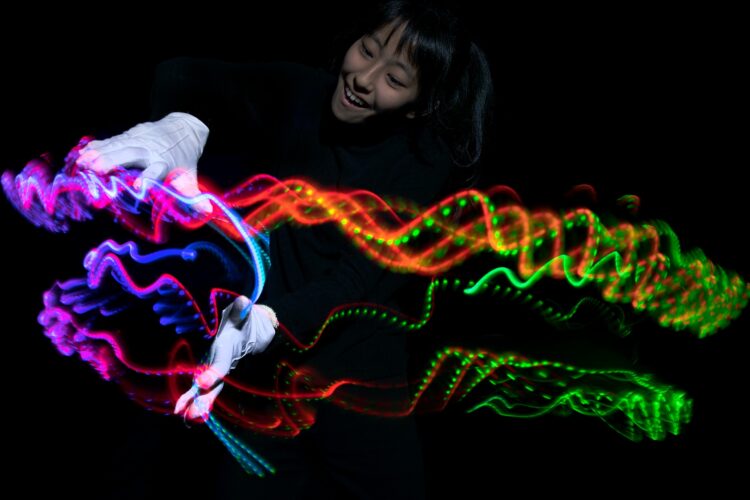
Music by humans and machines
Waltzes with artificial intelligence, organ music with robotics, interactive performances, and club nights: the musical program of the Ars Electronica Festival 2025 opens up new realms of experience for its visitors.
-
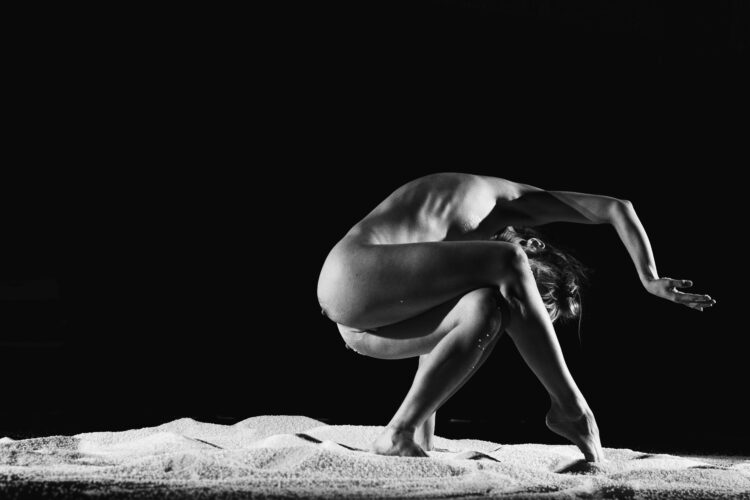
Clear the stage for theater & digital media
Theater has always been an art form that combines different media—today, this includes digital technologies. The Ars Electronica Festival 2025 showcases some of the most exciting examples.
Stay up to date!
Subscribe to our newsletter and receive regular updates from Ars Electronica.
Ars Electronica Festival 2025
-
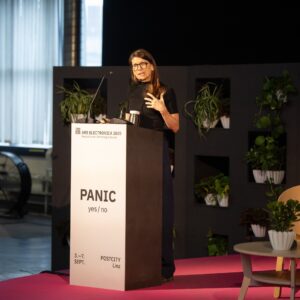
The blurry line between the arts and healthcare
The Ars Electronica Festival 2025 blurred boundaries between art and healthcare, showing how creative practices can power health innovation and re-imagine patient-centred care.
-

That was the Ars Electronica Festival 2025
For five days, Linz once again became a meeting place for art, technology, and society—and POSTCITY served as a stage for encounters, experiments, and visions one last time.
-
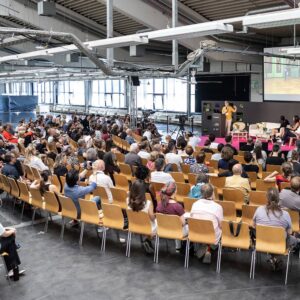
Rethinking the Future of Europe through Art and Culture
Art and culture are driving forces for a resilient Europe of the future. But real change can only come from collaboration—and it is precisely this collaboration that is at the heart of the Ars Electronica Festival 2025.
-
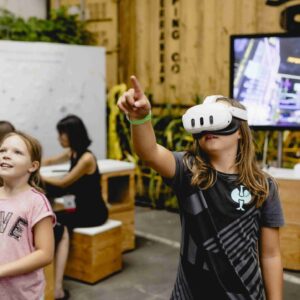
Co-Create Futures in the Making
The Ars Electronica Futurelab invites you: Experience the latest works of the artistic R&D laboratory and atelier at the Ars Electronica Festival and collectively shape diverse futures!
-
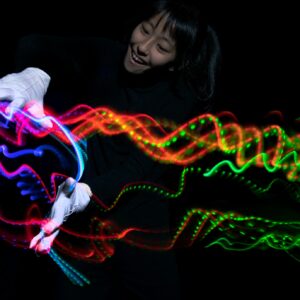
Music by humans and machines
Waltzes with artificial intelligence, organ music with robotics, interactive performances, and club nights: the musical program of the Ars Electronica Festival 2025 opens up new realms of experience for its visitors.
More stories and interviews
Interested in blog stories and interviews since 2011?
You can find our previous blog stories in our blog archive.
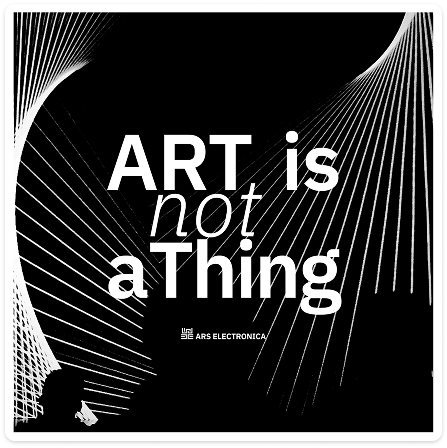
Ars Electronica Podcast
Art Is Not a Thing is a podcast series about art as a practice of critical inquiry, knowledge production and world-building. From media art, bio-art, sound art to digital activism, speculative design, or data storytelling, the series delves into artistic work that reflects on, questions, and reimagines our practices in and of the world.
